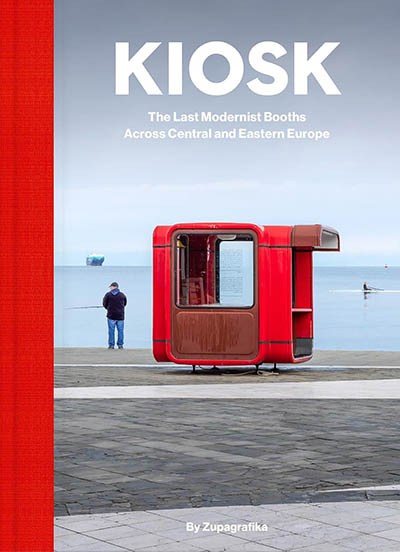
Kiosk: The Last Modernist Booths Across Central and Eastern Europe
By Zupagrafika (Author)
Mass-produced between the 1970s and 1990s, modular kiosks such as the K67, designed by Slovenian architect Saša J. Mächtig, and other similar systems—including the Polish Kami, the Macedonian KC190, and the Soviet “Bathyscaphe”—could be found anywhere in the former Eastern Bloc and former Yugoslavia, from bustling city squares to socialist-era housing developments. They served as hot dog and Polish zapiekanka outlets, farm egg and roast chicken vendors, funeral flower shops, newsstands, parking stands, currency exchange offices, and more. Featuring over 150 kiosks – from Ljubljana to Warsaw, and from Belgrade to Berlin – this photobook provides unprecedented documentation of the last modernist kiosks that witnessed the socio-political transformation of Central and Eastern Europe in the late 20th century. While some are still in operation or have been renovated, others have been abandoned or have slowly faded from the urban landscape. The photographs in this unique collection were taken over the last decade by Zupagrafika founders David Navarro and Martyna Sobecka. The book includes a foreword by urban explorer Maciej Czarnecki and an introduction by architectural historian Anna Cymer, which shed valuable light on the history of these mobile structures.
